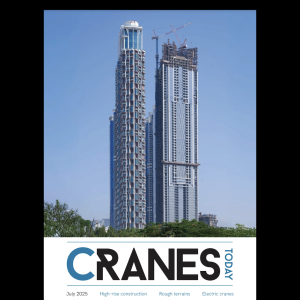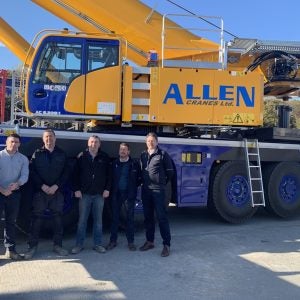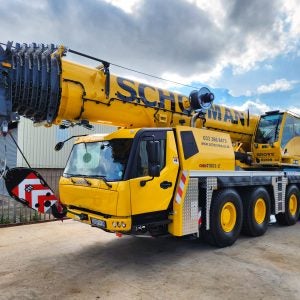The regulatory revision will come in the USA. For two decades, the country has been working towards a federally mandated system of operator training. This was due to come into force this year, but may now be delayed in response to complaints from some in the industry that OSHA’s requirement for test by capacity would impose excess costs, without improving safety. I hope that this year OSHA will recognise that a single certificate by type is a suitable starting point for demonstrating competence, while still requiring employers to ensure that operators are qualified for the specific machines and jobs they are working on.
Also delayed has been the valuable ESTA and FEM guidance on safe work at height. While — very rare — crane collapses get the most attention, simple accidents like slipping while exiting a cab or stepping off a carrier during inspections more often kill or leave people badly injured. My understanding is that the guidance has been delayed most by the enthusiasm of contributors to create an exhaustive document. We will look forward to seeing it when it is released, and will aim to provide a useful summary of the key points, while encouraging everyone to read it in full.
We hope too to see further developments in operator certification in Europe. This, given the complexity of harmonised regulation across the EU’s disparate economies and legal systems, is an ambitious task. However, ESTA, on the mobile crane side, and CECE, on the tower crane side, have worked hard to move closer to a harmonised certification scheme. I would hope we see further steps towards a vocational pathway that allows people to develop their skills, from initial apprenticeships in simple tasks like slinging and signalling, to full competence in crane operation, lift supervision, and lift planning. There are, perhaps, good reasons why ESTA and CECE are taking their own approaches. But, particularly given the challenges of getting EU member states to work together on a complex issue like this, I think increased coordination between the two would be a good idea.
Finally, from Manitowoc, we’ve had the first hints of some exciting launches at ConExpo. In this issue’s ConExpo preview, the company promises two new crawler cranes. It’s recently been pointed out to me that some of my predictions have been way, way, off. But, based on what we’ve seen in their recent patent complaint against Sany, I’ll take a punt on these being in the 400-800t range, with a variable position counterweight and aimed in part at jobs on the latest, biggest, wind turbines. Then again, maybe at Las Vegas you can all laugh at me for being wildly wrong. Either way, I look forward to seeing some major launches this year.
Will North Editor
wnorth@cranestodaymagazine.com






